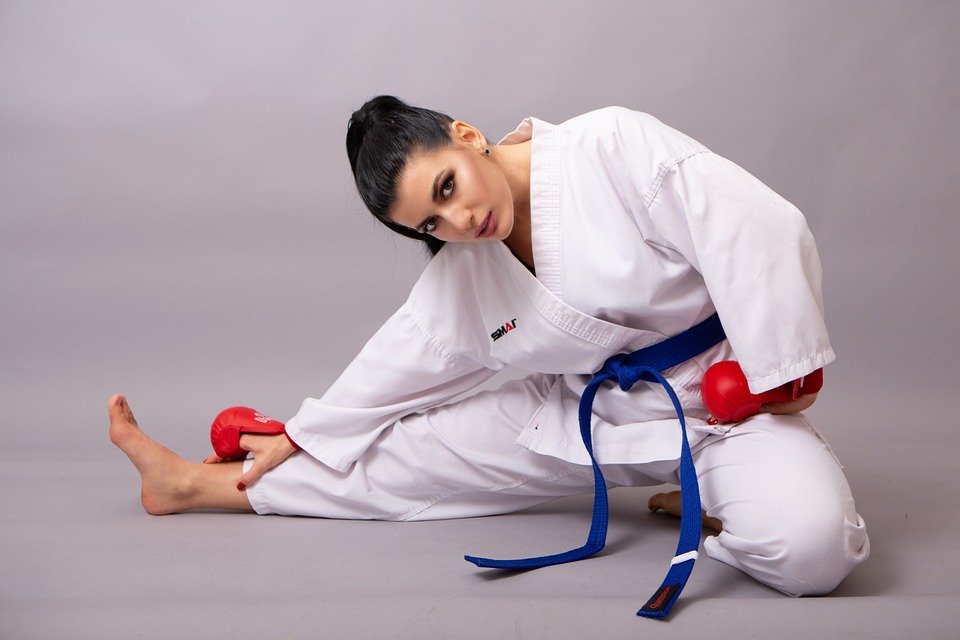The world of mixed martial arts (MMA) is captivating, dynamic, and highly competitive, but few organizations embody these attributes as vividly as ONE Championship. Founded in 2011 by Chatri Sityodtong, ONE Championship has quickly risen to prominence as one of the preeminent global fighting promotions. Known for its unique blend of traditional martial arts and modern combat sports, ONE has captured the attention of millions. While the athletes who step into the ring are the ones who receive the most spotlight, countless unseen efforts and meticulous preparation lie behind their journeys. Here, we take a closer look at what it takes to compete at ONE Championship, exploring the grueling training regimens, mental fortitude, logistical challenges, and the support systems that aid fighters on their path to the octagon.
The Rigorous Training Regimen
For any competitor in ONE Championship, preparation begins long before the fight night spotlight gleams. Training regimens are intense and multifaceted, often spanning several months. Fighters typically engage in a stringent mix of disciplines, including Brazilian jiu-jitsu, Muay Thai, boxing, wrestling, and kickboxing, among others.
Training Camps
Most fighters will enter a specialized training camp, where they focus on refining their techniques and building physical conditioning. Camps generally last six to eight weeks and involve twice-daily training sessions. For example, a typical day might start at dawn with a grueling strength and conditioning session, followed by technical skills training in the afternoon, and then sparring sessions in the evening.
Nutrition and Recovery
Nutrition plays a critical role as well; fighters must adhere to strict diets tailored to their specific weight class and fight requirements. Many hire nutritionists to help them create meal plans that optimize performance while allowing them to maintain or lose weight safely. Recovery practices—such as physical therapy, massage, and proper hydration—are equally essential, as they help prevent injuries and prepare athletes for the rigors of competition.
Mental Fortitude
Competing at the elite level requires more than just physical toughness; mental resilience is paramount. Many fighters engage with sports psychologists to develop mental strategies that improve focus, confidence, and stress management—essential components in high-stakes environments such as ONE Championship events.
Visualization Techniques
Visualization plays a crucial role in mental preparation. Fighters often practice envisioning themselves successfully executing complex maneuvers or winning their bout, creating a positive feedback loop that enhances performance. Moreover, meditation and mindfulness practices help to keep anxiety levels in check, allowing fighters to maintain composure amidst the pressure of competition.
Support Systems
Fighters rarely go it alone; they are supported by coaches, training partners, and family. Coaches often have years of experience and bring diverse backgrounds, guiding fighters through technical drills, strategy formulation, and psychological preparedness. A strong support system can make a decisive difference in an athlete’s career trajectory, providing emotional support and encouragement during the inevitable highs and lows.
Logistical Challenges
The logistics of competing at ONE Championship are complex and require meticulous planning. Fighters must navigate weigh-ins, travel arrangements, and regulations surrounding fight eligibility.
Travel and Competition
Many bouts take place in various countries across Asia, adding a layer of complexity to planning. Fighters need to manage jet lag, unfamiliar environments, and the stress of competing in front of massive crowds. Arranging training partners and facilities in different cities also poses additional challenges.
Pre-Fight Requirements
Before stepping into the cage, competitors must pass rigorous medical examinations and weight checks. The pressure of making weight, especially during the final days leading to a fight, is intense and can sometimes affect an athlete’s performance if not handled properly.
The Thrill of Victory and Lessons from Defeat
Once the day of the fight arrives, all the hard work comes down to just a few minutes inside the cage or ring. The adrenaline rush, the roar of the crowd, and the opportunity to realize months of grit and dedication culminate in a single moment. Each fight offers fighters lessons, whether they emerge victorious or face defeat.
Winning can lead to a surge in opportunities, sponsorships, and popularity, while losses provide invaluable lessons that can be key for future success. The ability to learn from each experience, adapt, and grow defines the best fighters in ONE Championship and beyond.
Conclusion
The path to competing in ONE Championship is fraught with challenges that extend well beyond physical training. It involves a dedicated support network, mental resilience, logistical planning, and an unwavering commitment to the sport. As fans revel in the excitement of each fight, it’s essential to remember the arduous journey that fighters embark upon—their dedication, sweat, and sacrifice make every knockout and submission attempt a testament to their relentless pursuit of excellence. Behind the glitz and glamour of ONE Championship lies a world of perseverance and passion, proving that in combat sports, the journey is just as important as the outcome.






